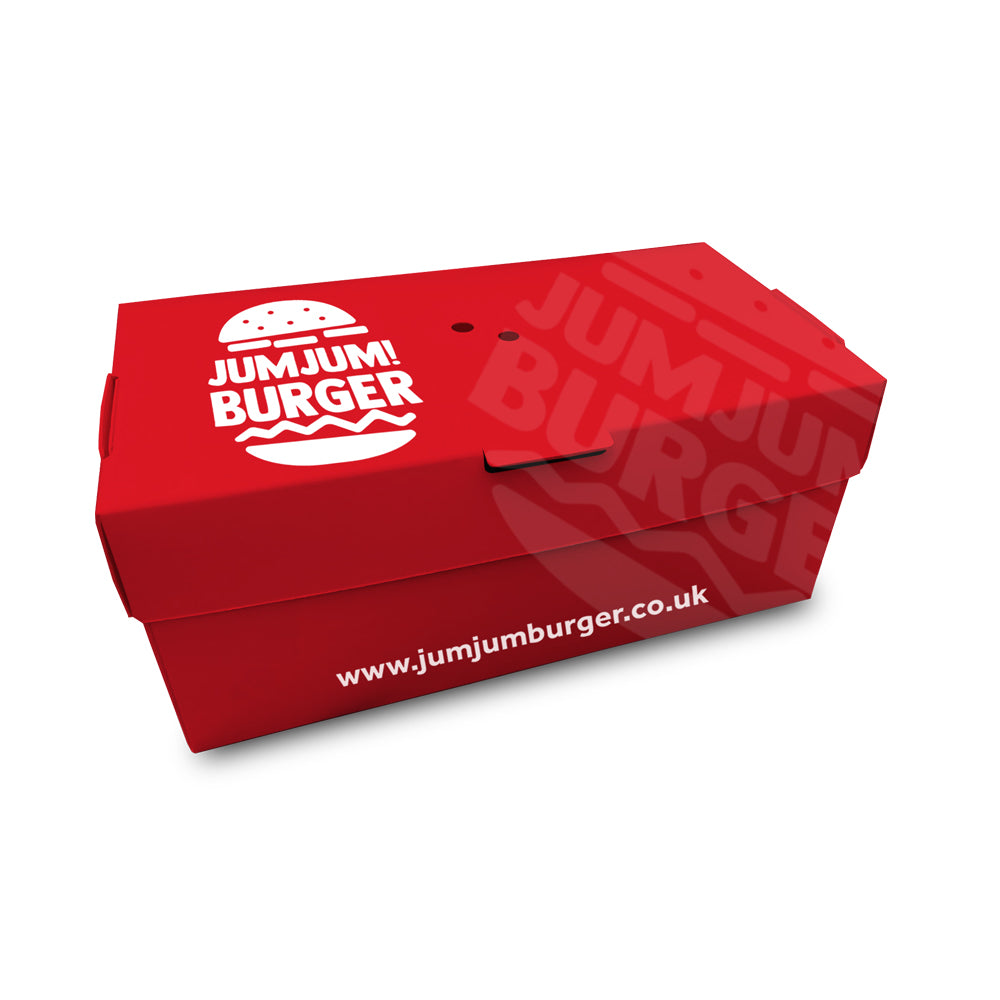The Evolution of Burger Packaging A Look at Sustainability and Innovation
In today's fast-paced world, where food on-the-go has become a staple for many, the packaging of products like burgers plays a critical role in consumption experiences. Over the years, burger packaging has evolved significantly, influenced by changing consumer preferences, health and environmental concerns, and technological advancements. This article explores the journey of burger packaging, emphasizing the recent trends toward sustainability and innovative design.
Historically, burger packaging was simple and utilitarian. Early beginnings saw burgers wrapped in plain paper that barely contained the greasy goodness within. As fast-food restaurants began to rise in popularity during the mid-20th century, so did the need for more effective packaging solutions. Brands recognized that packaging could serve a dual purpose not only protecting the food but also promoting the brand. This led to the introduction of colorful printed wrappers, which featured logos and catchy slogans, turning the humble burger into a marketing tool.
As consumer awareness regarding health and environmental issues grew, the industry began to rethink these traditional packaging methods. Many realized that single-use plastics, while convenient, contributed significantly to the global waste crisis. In response, a growing number of burger outlets started experimenting with eco-friendly packaging materials. Brands like McDonald's have taken steps to eliminate plastic straws and strive for packaging made from renewable resources, showcasing a commitment to sustainability.
Innovative materials are integral to this shift. Biodegradable packaging made from plant-based materials, such as cornstarch and sugarcane, is becoming increasingly common. These materials not only reduce environmental impact but also often come with added benefits, such as being microwavable and leak-proof. Furthermore, companies are venturing into compostable packaging that can decompose naturally without harming the environment, aligning their practices with the broader global movement toward zero waste.
burger packaging

In addition to being environmentally friendly, modern burger packaging is designed with functionality in mind. Packaging must keep burgers intact during transit while ensuring that they remain hot and fresh. Companies are experimenting with various forms of insulation and packaging structures that prevent sogginess, a common drawback with traditional wrapping methods. For instance, some brands utilize clamshell containers or specially designed box packaging that keeps burgers upright and secure, preventing any unwanted squishing.
Another significant trend in burger packaging is the emphasis on convenience for the consumer. As food delivery services become more prevalent, packaging that is easy to open, collapsible, or stackable has gained popularity. Brands are also producing modular packaging that can accommodate a variety of burger sizes and types, focusing on improving the delivery experience. Enhanced features, such as integrated sauce compartments and compartments for toppings, are designed to elevate the customer experience, making it both enjoyable and mess-free.
Furthermore, the digital age has introduced augmented reality (AR) into burger packaging. Some brands have begun to explore this technology, allowing consumers to scan their packaging to access interactive content, promotional materials, or detailed information on sourcing and sustainability practices. The gamification of packaging not only enhances the engagement factor but also creates an opportunity for brands to educate consumers about the importance of mindful consumption.
Finally, effective branding remains crucial in the realm of packaging. Burger chains are continually seeking innovative ways to stand out in a crowded market. Eye-catching designs, unique shapes, and even limited-edition packaging keep consumer interest alive. The interplay between design and environmental consciousness will define the future of burger packaging, as brands balance aesthetic appeal with sustainability.
In conclusion, burger packaging has come a long way from its basic roots to become a complex mixture of functionality, sustainability, and branding. As health and environmental concerns continue to rise, the industry is likely to see even more innovative approaches to packaging that prioritize eco-friendly materials and consumer convenience. The future promises not only tastier burgers but also thoughtfully designed packaging that respects our planet and resonates with a conscious consumer base. The evolution of burger packaging illustrates a broader trend within the food industry, highlighting the necessity of adapting to changing values and expectations in an ever-evolving world.



